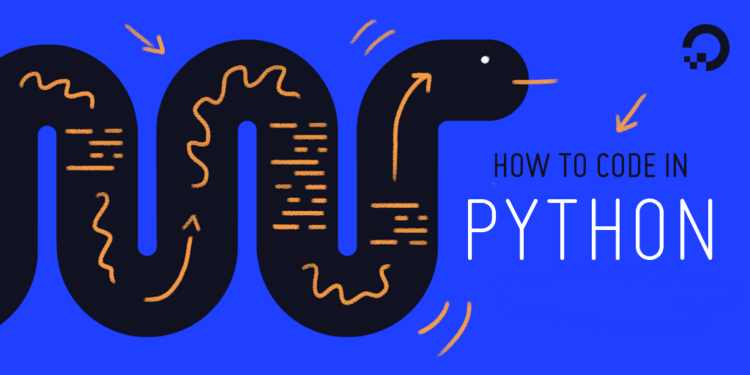The int() is a built-in function in Python that returns the integer object of the passed number or string as a parameter.
Syntax:
int(object, base)
int() Parameters
| Parameter | Condition | Description |
|---|---|---|
| object | Optional | A Python object of types such as float, string, etc needs to be converted to an integer. |
| base | Optional | The base value for the conversion. |
For no argument the int() function returns 0.
The base is required only for string objects. For numbers, the base value by default is 10.
Python int() Examples
Example 1: passing Integers
>>> print(int())
0
>>> print(int(2))
2
>>> print(int(15))
15Example 2: passing Floating Numbers
>>> print(int(2.6))
2
>>> print(int(6.1))
6Example 3: passing String
If the base is not specified, by default it will be 10.
>>> print(int('111'))
111
#binary to decimal
>>> print(int('111',2))
7
#binary to octal
>>> print(int('111',8))
73Example 4: passing Binary
Prefix the value with 0b or 0B, if the object is binary.
In such a case, we don’t need to pass any argument for the base. If we don’t do so, we will get an error from Python because the base is only used with string objects.
>>> print(int(0b111))
7
>>> print(int(0b101))
5Example 5: passing Octal
To pass Octal prefix it with 0c or 0C.
#octal to decimal
>>> print(int(0o111))
73
>>> print(int(0o10)
8Example 5: passing Hexadecimal
To pass Hexadecimal prefix it with 0x or 0X.
#hexadecimal to decimal
>>> print(int(0x10)
16
>>> print(int(0x101))
257In summary, the int() function transforms an object into an integer in Python. It converts only those objects that has a base value.
